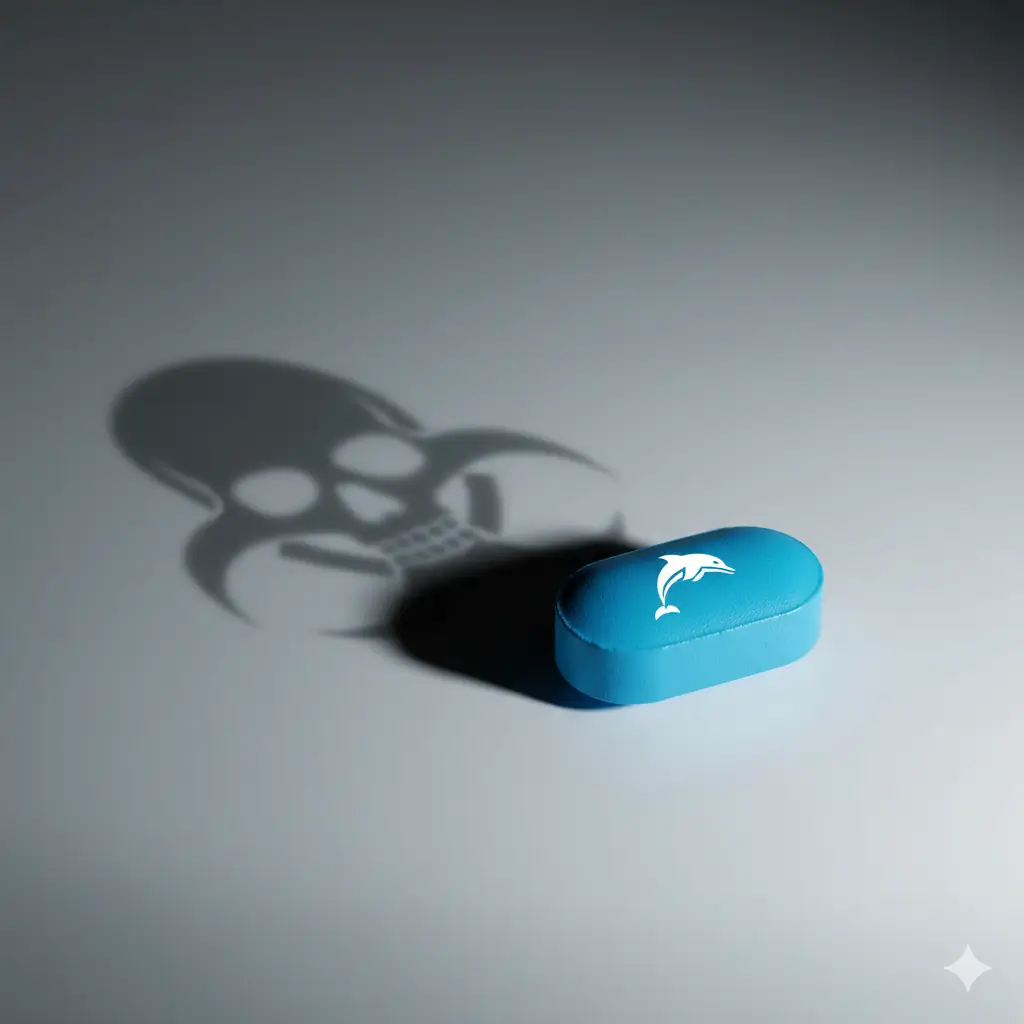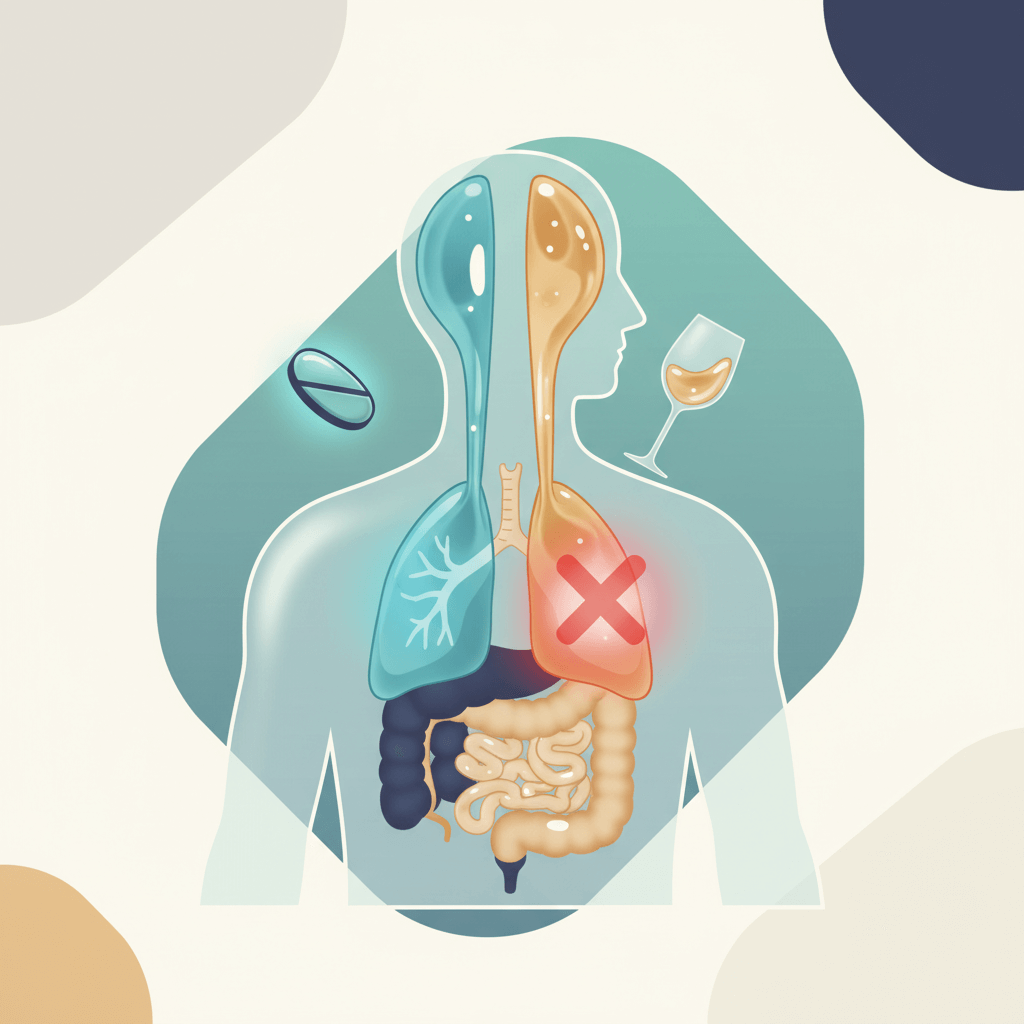More Than Just a "Tired Look"
We've all heard the term "drunk eyes," but what does it really mean? You might think it's just about looking tired after a night out, but the reality runs much deeper. Those telltale changes in someone's eyes represent a fascinating collection of physiological responses to alcohol that our bodies simply can't hide.
"Drunk eyes" refers to the distinct visible changes that occur in the eyes during alcohol consumption. These changes include redness, a glassy appearance, droopy eyelids, and altered pupil responses. What makes this phenomenon particularly interesting is how consistently these signs appear across different people, regardless of their tolerance levels or drinking experience.
Understanding these signs matters far beyond casual observation. Recognizing the visual indicators of intoxication can be crucial for safety decisions - whether you're determining if you're fit to drive, looking out for a friend who's had too much, or simply being aware of your own limits. At Prescott House, we've seen countless situations where early recognition of these warning signs could have prevented dangerous outcomes.
The Telltale Signs: How to Spot Drunk Eyes

Bloodshot and Red Eyes
The most obvious sign of drunk eyes is the distinctive red, bloodshot appearance. This happens because alcohol causes vasodilation - the widening of blood vessels throughout your body, including the tiny capillaries in your eyes. As these vessels expand, they become more visible against the white backdrop of your sclera, creating that unmistakable bloodshot look.
What you're seeing isn't just surface-level redness. The increased blood flow actually makes the entire eye area appear more flushed and inflamed. This effect becomes more pronounced with higher levels of alcohol consumption, which is why someone who's had a few drinks might show subtle redness, while someone who's heavily intoxicated displays dramatic bloodshot eyes.
Glassy, Watery Appearance
Perhaps more subtle but equally telling is the glassy, unfocused appearance that gives drunk eyes their characteristic "glazed over" look. This happens because alcohol acts as a diuretic, pulling moisture from throughout your body, including your eyes. When your eyes become dehydrated, they lose their natural clarity and develop that shiny, almost wet-looking surface.
Ironically, dehydrated eyes often produce excess tears as your body tries to compensate for the dryness. This creates a contradictory effect where the eyes appear both dry and watery simultaneously. The result is that distinctive glassy stare that seems to look through rather than at objects.
Droopy Eyelids (Ptosis)
Alcohol's role as a central nervous system depressant affects every muscle in your body, including the small levator muscles responsible for keeping your eyelids raised. As alcohol relaxes these muscles, the eyelids begin to droop, creating a heavy-lidded appearance that's often one of the first signs of intoxication.
This drooping isn't just cosmetic - it actually impairs vision by reducing the field of view. People experiencing alcohol-induced ptosis often find themselves unconsciously raising their eyebrows or tilting their heads back to compensate for their restricted vision, creating additional telltale behavioral signs of intoxication.
Altered Pupil Response
One of the most scientifically fascinating aspects of drunk eyes involves how alcohol affects pupil function. Under normal circumstances, your pupils rapidly adjust to changing light conditions - constricting in bright light and dilating in darkness. Alcohol disrupts this finely tuned system, causing pupils to respond more slowly and sometimes inappropriately to light changes.
This altered pupil response manifests in several ways. You might notice that someone's pupils appear either unusually large or small for the lighting conditions they're in. More telling is the sluggish reaction when light levels change - if you've ever noticed someone squinting excessively when moving from a dim bar to bright outdoor lighting, you're witnessing alcohol's impact on pupillary response.
Law enforcement officers are trained to look for these pupil abnormalities during sobriety checks because they're nearly impossible to fake or control consciously. The autonomic nervous system controls pupil function, making it one of the most reliable indicators of impairment.
Difficulty Focusing and Eye Tracking
Perhaps the most functionally significant change in drunk eyes is the impaired ability to focus and track moving objects. Alcohol affects the muscles that control eye movement, leading to a condition called nystagmus - involuntary, jerky eye movements that make it difficult to maintain steady focus on objects.
You might observe this as someone struggling to follow a conversation, their eyes seeming to drift or lag behind the action around them. Their gaze might appear unfocused or they may have difficulty maintaining eye contact during conversation. This isn't just about being distracted - it's a physical inability to coordinate eye movements properly.
The practical implications are serious. These tracking problems directly contribute to impaired driving ability, as the brain struggles to process visual information from a constantly shifting visual field. At Prescott House, we've worked with individuals who didn't realize how significantly their vision was compromised during drinking episodes until they began recovery and experienced normal visual function again.
The Science Behind the Symptoms
How Alcohol Affects the Central Nervous System
To understand drunk eyes, you need to understand how alcohol acts on your brain and nervous system. Alcohol is classified as a central nervous system depressant, which means it slows down neural activity throughout your body. This isn't limited to the brain - it affects every nerve pathway, including those controlling eye function.
The effects begin almost immediately after consumption. Within minutes, alcohol starts disrupting neurotransmitter function, particularly affecting GABA (gamma-aminobutyric acid) and glutamate systems. GABA is your brain's primary inhibitory neurotransmitter - it helps calm neural activity. Alcohol enhances GABA's effects while simultaneously suppressing glutamate, your brain's main excitatory neurotransmitter.
This dual action creates a cascading effect throughout your nervous system. The muscles controlling eye movement, pupil size, and eyelid position all rely on precise neural coordination. When alcohol disrupts these signals, the visible symptoms of drunk eyes begin to appear.

Blood Alcohol Content and Eye Changes
The severity of drunk eyes correlates directly with blood alcohol content (BAC), but individual responses can vary significantly. Generally, the first subtle signs begin appearing at BAC levels as low as 0.02% - well below the legal driving limit of 0.08% in most jurisdictions.
At 0.02-0.05% BAC, you might notice slight redness and the beginning of a glassy appearance. The pupils may start responding more slowly to light changes, though this might not be obvious to casual observers. By 0.05-0.08% BAC, most people show clear signs of drunk eyes - noticeable redness, glassiness, and some degree of eyelid drooping.
Beyond 0.08% BAC, the symptoms become unmistakable. Eyes appear severely bloodshot, pupils respond sluggishly or inappropriately, and eye tracking becomes visibly impaired. At dangerous levels above 0.15% BAC, nystagmus becomes pronounced, and the person may struggle to keep their eyes open or focused at all.
Understanding this progression is crucial because it helps explain why someone might feel "fine" while showing clear signs of impairment. The brain's ability to recognize its own impairment is itself impaired by alcohol, creating a dangerous disconnect between how someone feels and their actual level of intoxication.
Beyond the Physical: The Hidden Dangers
Impaired Judgment and Decision-Making
While the physical changes in drunk eyes are obvious, the cognitive impairments they represent pose far greater risks. The same alcohol concentrations that cause visible eye changes also significantly impair judgment, decision-making, and risk assessment. This creates a perfect storm where someone's ability to recognize their own impairment is compromised at the exact moment they need it most.
Research consistently shows that people underestimate their level of intoxication, particularly when it comes to complex tasks like driving. The visible signs in their eyes tell a different story than what their impaired brain is reporting. This disconnect explains why someone might insist they're "fine to drive" while displaying obvious signs of intoxication to everyone around them.
Reading the Signs for Better Safety and Awareness
Understanding drunk eyes goes far beyond simple curiosity or judgment—it's about recognizing the visible manifestations of a complex physiological process that affects millions of people. The bloodshot appearance, glassy stare, droopy eyelids, altered pupil responses, and impaired eye tracking we've explored aren't just cosmetic changes. They're windows into how alcohol systematically impairs the central nervous system, creating potentially dangerous situations where someone's perceived sobriety doesn't match their actual level of impairment.
The science behind these symptoms reveals a sobering truth: our eyes can't lie about intoxication, even when our impaired judgment tells us otherwise. The same alcohol concentrations that cause visible eye changes at BAC levels as low as 0.02% are simultaneously compromising decision-making abilities, reaction times, and risk assessment. This creates the dangerous disconnect we see so often—someone insisting they're "fine to drive" while their eyes tell a completely different story.
Perhaps most importantly, recognizing these signs empowers you to make safer decisions for yourself and others. Whether you're evaluating your own fitness to drive, looking out for a friend who's had too much, or simply trying to understand the progression of alcohol's effects, these visual cues provide crucial information that could prevent tragic outcomes.
If you find that drunk eyes have become a regular part of your life—or if you're concerned about someone whose relationship with alcohol is causing visible and concerning changes—know that you're not alone, and help is available. At Prescott House, we understand that alcohol use disorder affects every aspect of a person's life, from the obvious physical signs to the hidden emotional and psychological struggles beneath the surface.
Recovery is possible, and it begins with recognizing that the signs your body is showing—including those telling changes in your eyes—are communications worth listening to. Professional treatment addresses not just the drinking behaviors but the underlying factors that contribute to problematic alcohol use. Your eyes may be reflecting the effects of alcohol today, but they can also reflect the clarity, health, and hope that comes with recovery.
Don't wait for the signs to become more severe or for a crisis to force action. If drunk eyes have become a familiar sight in the mirror, or if you're worried about someone you care about, reach out for support. The path to recovery starts with a single step, and that step can begin today.
References
- How Alcohol Affects Your Vision and Eye Health - The Optometrists' Clinic Inc.
- What Are Drunk Eyes? Signs, Causes & Treatment
- What Are Alcoholic (Drunk) Eyes? Symptoms, Causes, & Treatment - Renaissance Recovery
Related Articles
• How Many Beers to Get Drunk – https://www.prescotthouse.com/blog/how-many-beers-to-get-drunk prescotthouse.com+2prescotthouse.com+2
• Underage Drinking and Teen Alcohol Use – https://www.prescotthouse.com/blog/underage-drinking prescotthouse.com+1
• Signs of Substance Use – https://www.prescotthouse.com/blog/signs-of-substance-use prescotthouse.com
• Alcoholism and Vertigo: Understanding the Connection – https://www.prescotthouse.com/blog/alcoholism-and-vertigo prescotthouse.com
• What Is Alcohol? – https://www.prescotthouse.com/blog/what-is-alcohol prescotthouse.com
• Warnings about the Negative Effects of Using Substances – https://www.prescotthouse.com/blog/warnings-about-the-negative-effects-of-using-substances prescotthouse.com
• A Drug Abuse Definition Might Help Me Decide to Get Help – https://www.prescotthouse.com/blog/drug-abuse-definition-help-me-decide-to-get-help prescotthouse.com
At Prescott House, Recovery Becomes Reality
Chronic or heavy alcohol use can lead to dependence, withdrawal symptoms, memory and concentration problems, mood instability, and worsening anxiety or depression. At Prescott House in Prescott, Arizona, we help men break free from alcohol dependence through long-term, evidence-based treatment that addresses both addiction and co-occurring mental health issues.
- Long-Term Addiction Treatment for Men — Extended care and structured support for men seeking lasting recovery from alcohol addiction and substance abuse.
- Substance Abuse Treatment — Comprehensive clinical care for alcohol and drug dependence.
- Gambling Addiction Treatment — Support for men struggling with compulsive gambling and accompanying behavioral challenges.
- Sex & Process Addiction Programs — Compassionate treatment for compulsive sexual behavior and pornography addiction.
- Dual Diagnosis Treatment — Integrated mental health and addiction treatment for anxiety, depression, trauma, and co-occurring disorders. Marijuana addiction in our expieriience is most often coupled with mental healh.
👉 Learn more about our programs →













